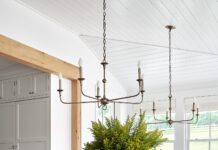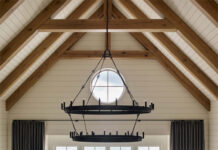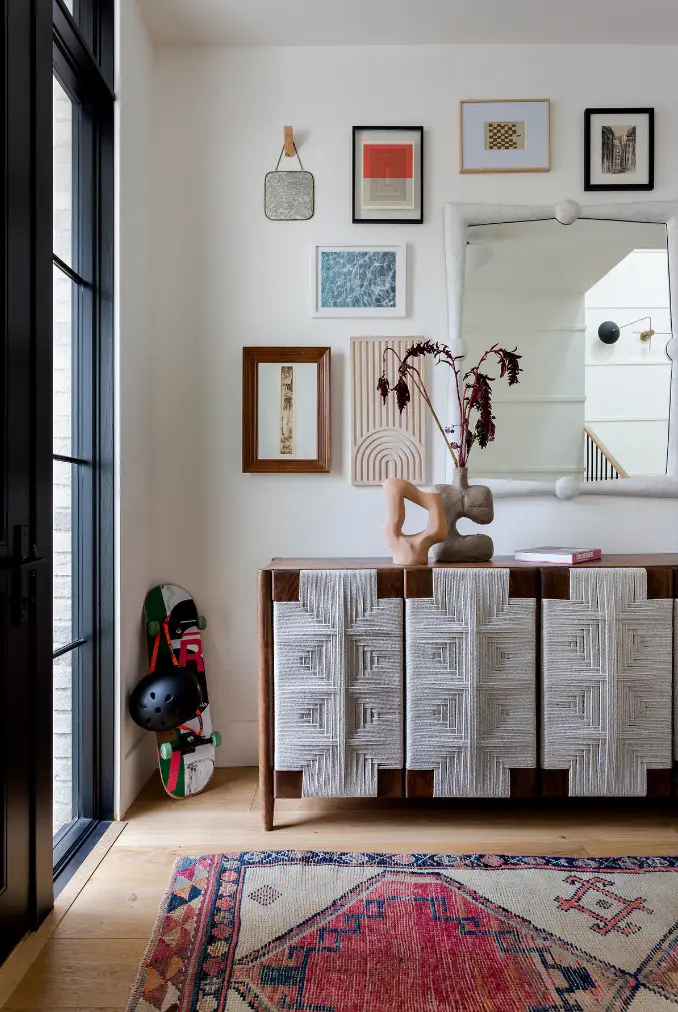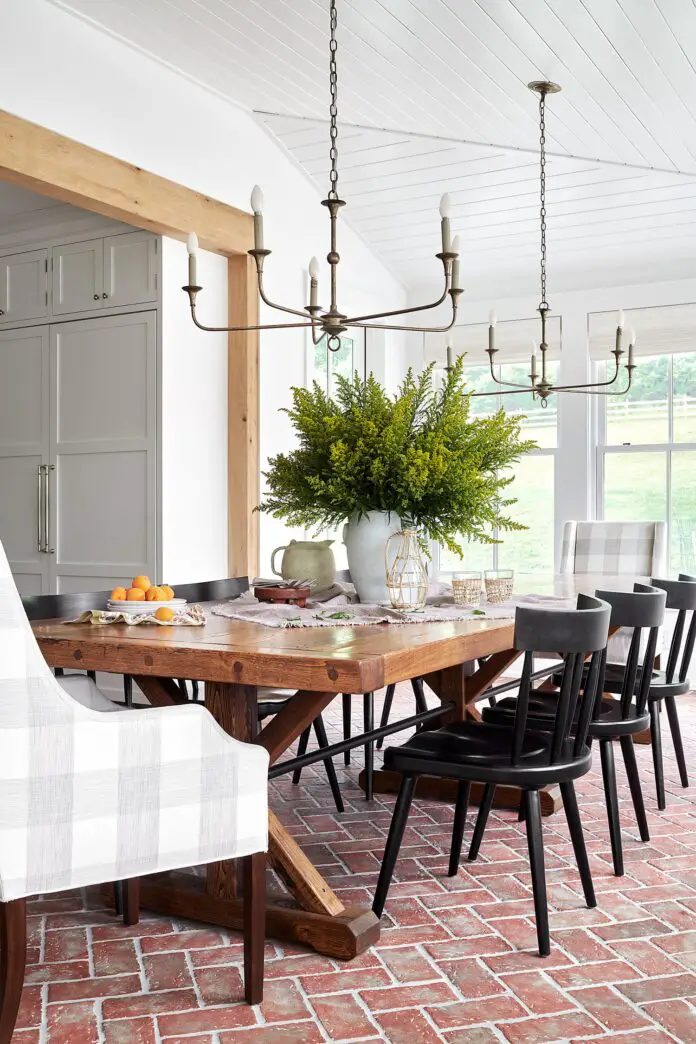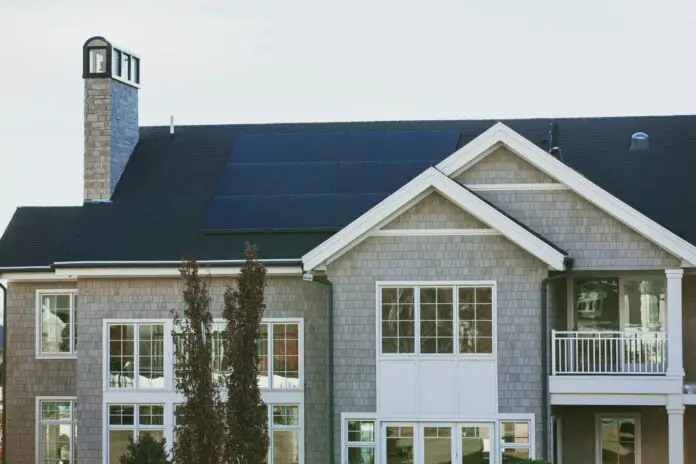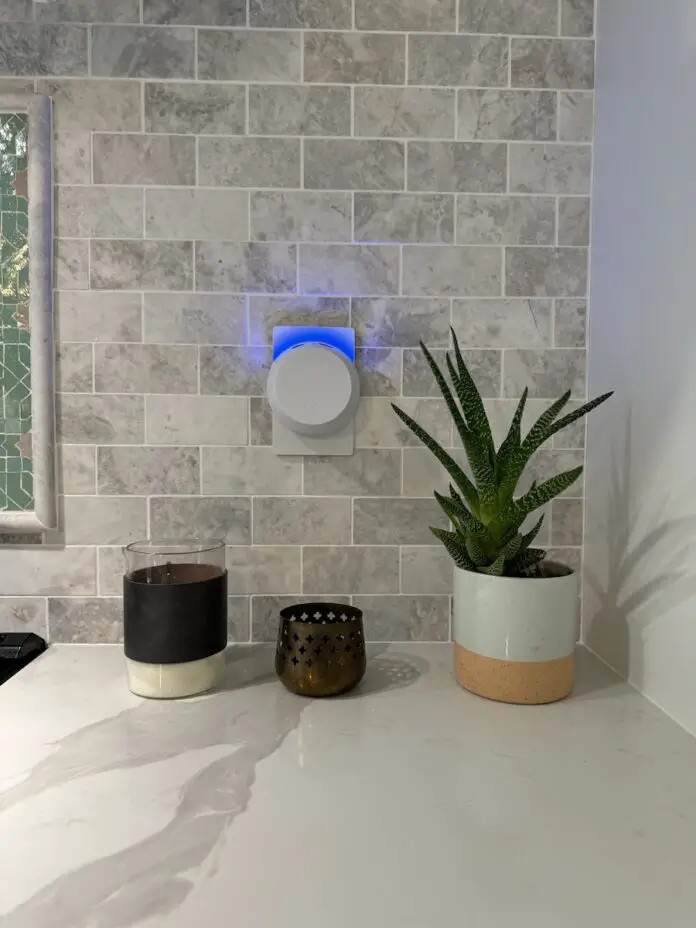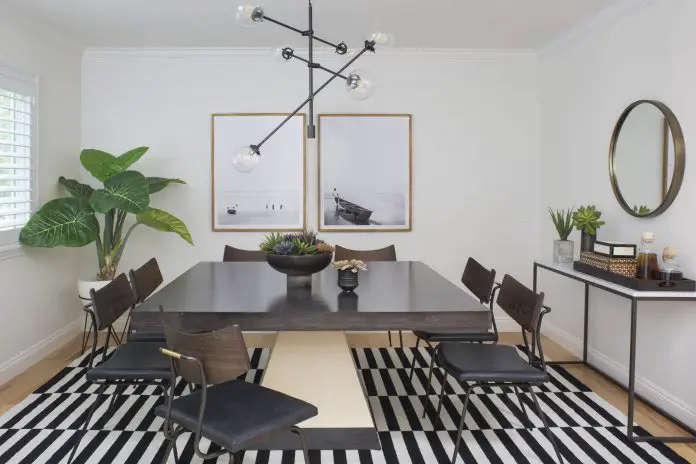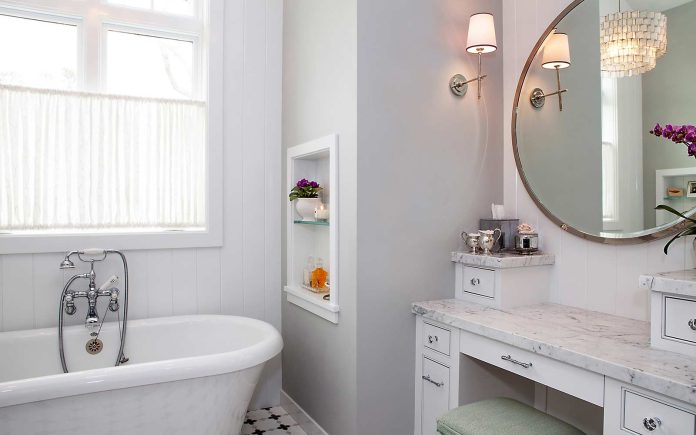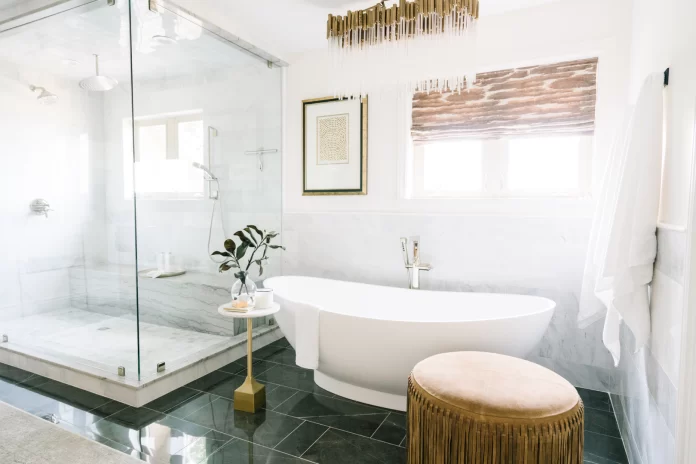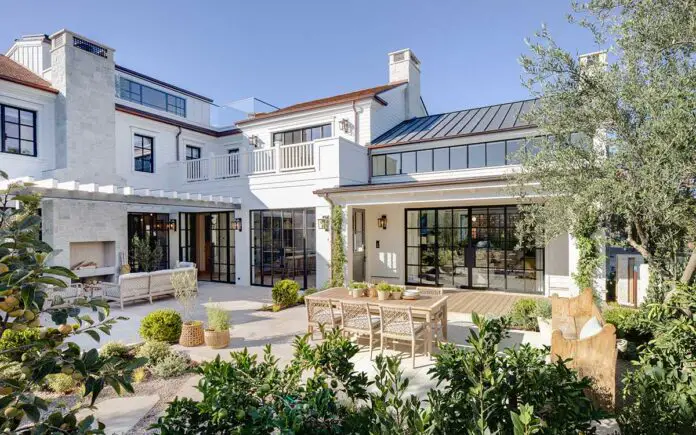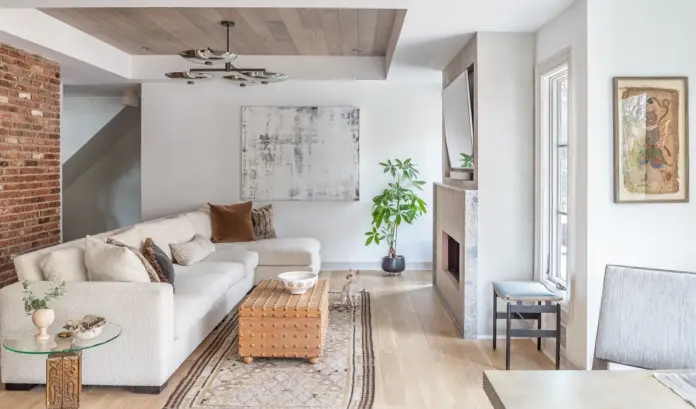The Transformative Power of Artificial Intelligence on Modern Technology
Artificial intelligence (AI) has rapidly evolved from a futuristic concept to a crucial element in various sectors of technology. Its integration into different industries is reshaping the landscape, driving innovation, and redefining efficiency and productivity. This article explores the significant impact of AI on technology, focusing on healthcare, finance, transportation, and everyday life.
House Tour: A gorgeous modern farmhouse
Modern farmhouse-inspired interior design style has been on-trend for some time now, and it's not going a way anytime soon. The look is accessible, warm, and takes cues from nature. Enjoy this tour of Art Schoo Road House designed by Lisa Furey.
The dining table has a thick wooden top with a trestle base,...
Unlocking the Power of the Sun: Your Guide to Solar Pumping System Design
Harnessing the incredible potential of solar energy for water pumping is not just a smart choice for the environment; it's a journey into a world where sustainability meets efficiency. Picture this: Grayson, a farmer in the heartlands of Nebraska, once struggled with water scarcity and rising costs. Then, there's McLaren, a forward-thinking entrepreneur in the bustling city,...
My experience using the Pura 4 Smart Home Fragrance Diffuser
Want an innovative smart home fragrance diffusers? Look no further then the Pura 4 Smart Home Fragrance Diffuser! Pura offers a modern approach to home scenting by combining technology and high-quality fragrances. To be honest I didn't even know smart home fragrance diffusers were a thing, but I'm loving it!
The Impact of Artificial Intelligence on Modern Business Practices
In the rapidly evolving landscape of modern business, artificial intelligence (AI) stands out as one of the most transformative technologies. From automating routine tasks to providing deep insights through data analysis, AI is reshaping industries and driving innovation at an unprecedented pace. This article explores the multifaceted impact of AI on contemporary business practices, highlighting its benefits,...
6 Small Space Solutions: Transform Your Apartment with Expert Interior Design
In Dubai, where living spaces are often small but lively, finding smart ways to use space is key. This guide will show you six top tips to make your apartment look and feel bigger. Whether you have a tiny studio or a cozy one-bedroom, these ideas from interior design pros will help. You'll learn how to make...
No more boiler worries: Expert boiler service in Tadworth
Winters in Tadworth are cold, so a reliable boiler is essential. But when this faithful heating partner goes on strike, panic can set in. Fear not, Tadworth residents, this guide will give you the knowledge to keep your boiler purring like a happy kitten all winter long.
Why regular boiler maintenance is essential
Essential Guide to Boiler Maintenance for Optimal Performance and Longevity
Boilers play a critical role in heating systems, whether for residential, commercial, or industrial applications. Proper maintenance is crucial to ensure that a boiler operates efficiently, safely, and reliably throughout its service life. Regular maintenance helps prevent breakdowns, extend the lifespan of the equipment, and optimize energy efficiency. This article provides a comprehensive overview of essential boiler...
Rejuvenating Your Home: Tips for Long-Lasting Roof Maintenance
Key Takeaways
Roof maintenance is crucial for the longevity of your home.
Identifying common roof issues early can prevent costly repairs.
The lifespan of your roof can be increased with routine cleaning and inspections.
Professional help is sometimes necessary for complex issues.
Ceiling considerations when renovating your home
When renovating your home, ceilings often get overlooked, but they play a crucial role in the overall aesthetic and functionality of a space. Here are some key considerations:
Used with permission from Mimi & Hill
1. Ceiling Height
Impact on Space Perception:...







